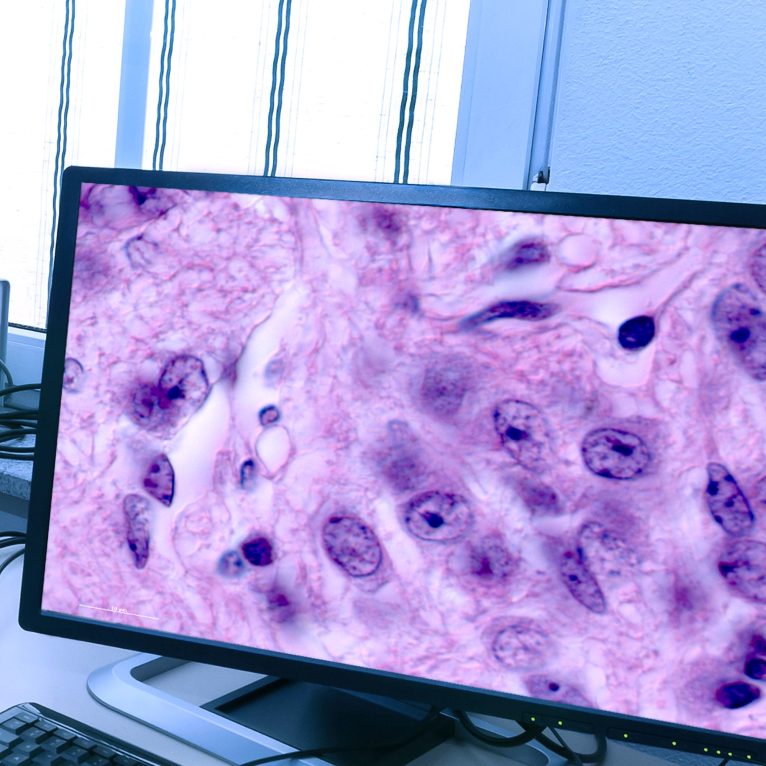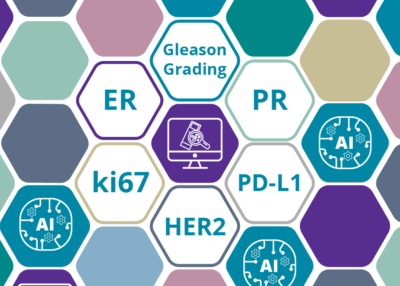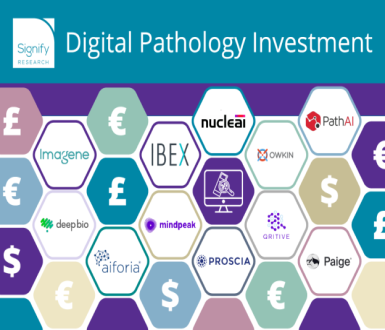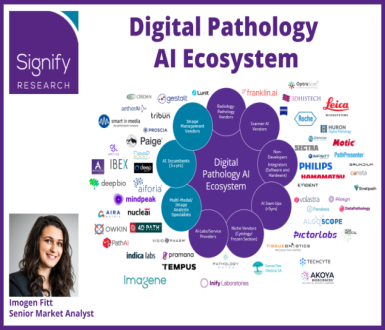
Get in touch
Contact usImogen joined Signify in 2018 as part of the Healthcare IT team. She holds a 1st class Biomedical Sciences degree from the University of Warwick. During her tenure Imogen has completed studies on digital pathology and the use of AI in drug development, expanding Signify Research’s coverage of clinical/preclinical markets. In her spare time she enjoys cultivating her interest in abstract theatre companies & popping to London to see a show.






